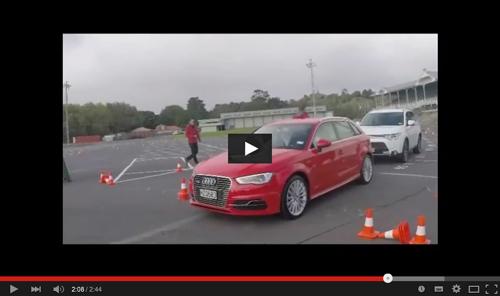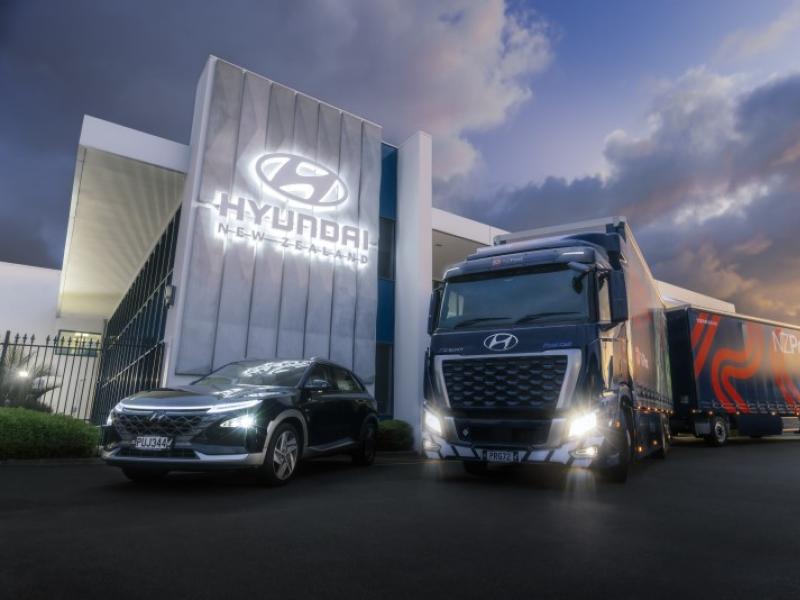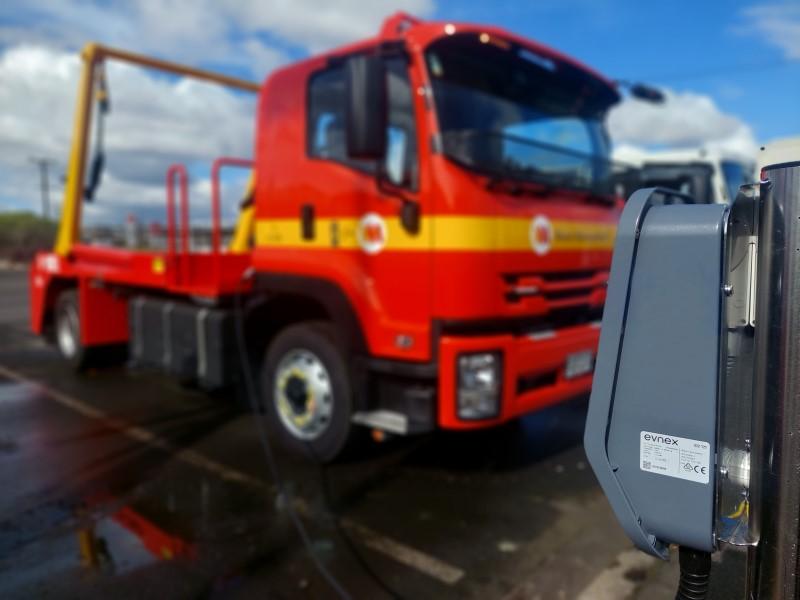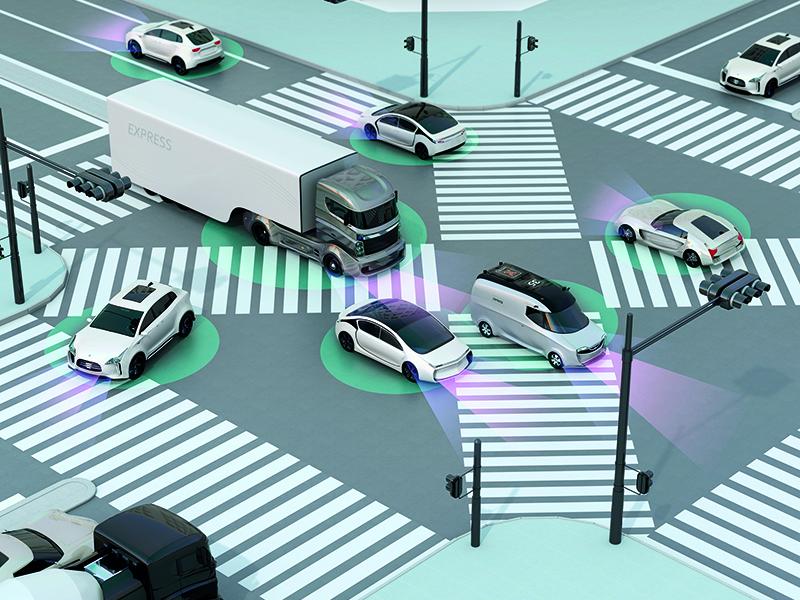With New Zealand’s over 80 percent renewable supply of electricity, electric vehicles make a lot more sense for New Zealand than for many countries where the electricity supply is primarily from non-renewable sources.
With a growing range of models many feel that the time has come for plug-In electric vehicles to take a stronger place in New Zealand fleets. Plug-in refers to vehicles that can be recharged from the electricity grid (as opposed to straight hybrids where the electricity is generated by an on-board engine) and includes both pure electric vehicles such as the Nissan Leaf and BMW i3 and Plug-in Hybrid electric vehicles (PHEV) such as the Mitsubishi Outlander PHEV and the Audi A3 eTron.
Drive Electric is an organisation taking leadership in the promotion of electric vehicles and in April organised a Plug-in fleet day sponsored by Mighty River power, EECA Business and Contact Energy.
The fleet day had two components. It started with a “leaders’ breakfast” aimed at the C-Suite (corporate) managers, where the emphasis was more on the economic and sustainability message and why running electric vehicles was good for a business.
Key speakers were the Hon. Simon Bridges, Minister of Energy Resources and Minister of Transport, Fraser Whineray, CEO Mighty River Power, Mike Underhill CEO EECA, and Chris Binns, manager of strategy and assets, City of Sydney. At the end of the breakfast attendees could visit trade stands and test the EV vehicles on a course inside the ASB Showgrounds.
After the breakfast there were two sessions for fleet managers (morning and afternoon) with both groups joining for a lunch presentation and panel discussion. There were four stations for pure EV, PHEV, business case for EVs, and the drive course.
Fraser Whineray emphasised that as well as the 80 percent current renewable supply there is a further 25 percent more renewable generation consented but not built, and the target is to reach 90 percent.
With the New Zealand fleet averaging 38km a day (well within the electric-only range of the PHEV models), and a current electric fleet of around 600 vehicles, there is a lot of room to grow the EV fleet, with businesses likely to lead the way.
Norway, which has a similar renewable energy profile, has now reached 14 percent of the fleet electric ,and with an equivalent fuel cost of 30c a litre the economic arguments are fairly plain. The other significant advantage in New Zealand, with our predominantly off-road and garaged household parking, is that almost every home (and many office locations) is already a recharging station.
Company Vehicle drove the Nissan Leaf, Audi eTron and Mitsubishi Outlander PHEV. The overwhelming response was just how quiet they were and the amazing torque from the electric motors which made them so easy to drive.






